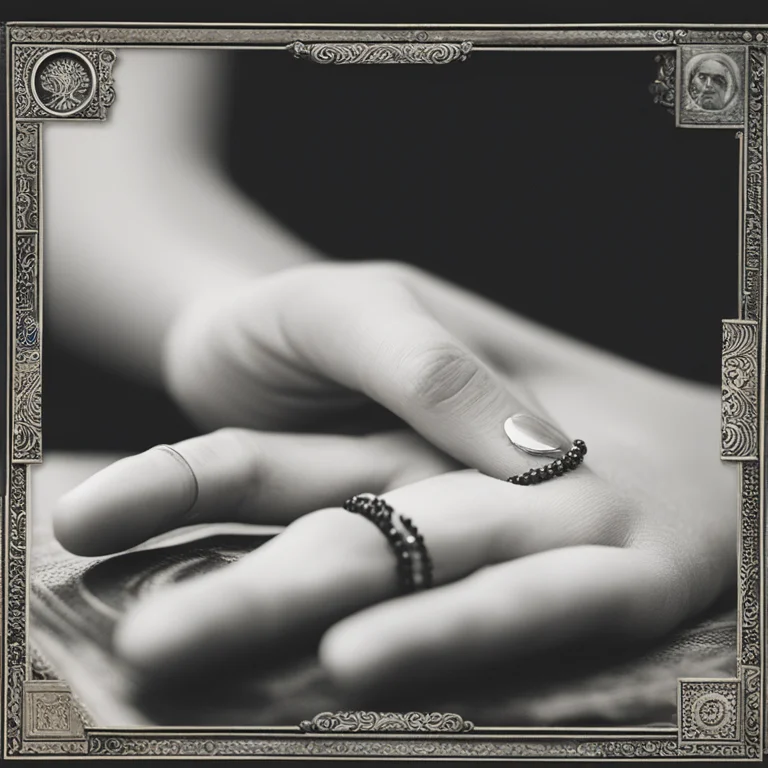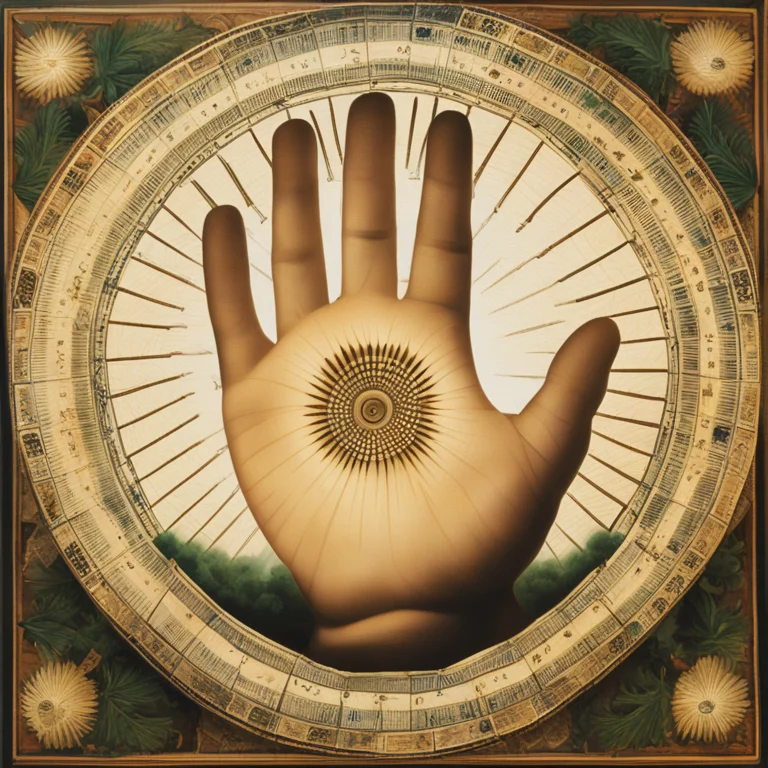
The Realm of Palmistry: A Rational Inquiry
Delve into the realm of palmistry to examine its practices and weigh the evidence for its effectiveness in providing personal insights.
article by Nora Pennington
Introduction to Palmistry
Palmistry, or chiromancy, is an ancient practice that claims to discern an individual's personality or future by interpreting the lines and features on the hands. Despite the skepticism it faces from the scientific community, palmistry has an enduring appeal and a rich history in various cultures worldwide. The process involves studying the hand's shape, lines, mounts, and other formations, which practitioners believe correspond to different life aspects. However, does palmistry hold any credibility in the modern age? This article seeks to uncover the truth behind this mysterious practice.

The Historical Roots of Palmistry
The origins of palmistry trace back to ancient India and spread throughout the Eurasian landmass to China, Tibet, Egypt, Persia, and other countries. Historical records suggest palmistry was practiced by the likes of Aristotle and Alexander the Great to fathom personality traits and potential life outcomes. Throughout the ages, it has adapted to the cultural contexts in which it was nurtured, which offers some explanation for the variability and richness of the discipline. However, historical longevity should not be mistaken for empirical validity.

Palmistry Under Scientific Scrutiny
To date, there has been a paucity of empirical evidence that supports palmistry's predictive capabilities. Critics often categorize palmistry as a pseudoscience, arguing that its principles are not based on rigorous, scientific inquiry. Despite its popularity, the veracity of palmistry remains controversial in scientific circles due to the lack of consistent, reproducible results. Nonetheless, some studies suggest that certain hand features may reflect congenital disorders or hormonal influences, though these do not validate palmistry's broader claims.

Palmistry as a Psychological Tool
While critics debate its predictive validity, some proponents view palmistry as a valuable psychological tool. Practitioners may use the narrative of palmistry to encourage self-reflection and provide clients with a unique lens through which to view their personality or life circumstances. In this sense, palmistry might serve a therapeutic role, not unlike the way literature or art can offer personal insights. This psychological aspect, however, while potentially beneficial, does not provide evidence for palmistry's effectiveness as a science.

The Placebo Effect and Confirmation Bias
A possible explanation for palmistry's perceived accuracy among believers may lie in psychological phenomena like the placebo effect and confirmation bias. Individuals eager for answers or guidance may attribute positive experiences to palm readings, reinforcing their belief in the practice. Confirmation bias can lead individuals to notice and recall information that confirms their preconceptions, overlooking contradictory evidence. Such psychological factors can significantly impact personal belief systems and the apparent success of palm readings.
The Role of Intuition and Empathy in Readings
Skilled palmists often possess strong intuitive and empathetic abilities, which could play a substantial role in the accuracy of their readings. These readers may pick up on subtle cues, body language, and verbal hints that inform their interpretations, making them seem uncannily precise. While this does not point to any mystical ability of palmistry itself, it demonstrates the interpersonal skills of the reader, which can deeply resonate with those seeking guidance or affirmation.
Conclusion: Personal Belief vs. Scientific Evidence
In the final analysis, belief in palmistry appears to be more an individual choice than one based on scientific evidence. People drawn to palmistry for personal enlightenment or comfort may find value in it, regardless of empirical support. For those seeking concrete answers about its efficacy, the current lack of scientific backing suggests it may be more art than science. However, as with any field of human interest, openness to new evidence remains crucial.
Published: 1/11/2024
Modified: 1/12/2024
More predictions
Come back here soon to learn more about yourself and your future


The Basics of Palm Reading: A Beginner's Guide
Discover the basics of palm reading in this comprehensive guide aimed at beginners interested in the ancient practice of palmistry.


Palm Lines: A Guide to Your Hands' Secrets
Learn the art of reading palm lines with our straightforward guide. Discover what your hands reveal about your personality, destiny, and life!


Jupiter Mount & Palmistry:Exploring The Significance
Delve into the secrets of the Jupiter mount on your palm and discover how it reflects your leadership and ambition.